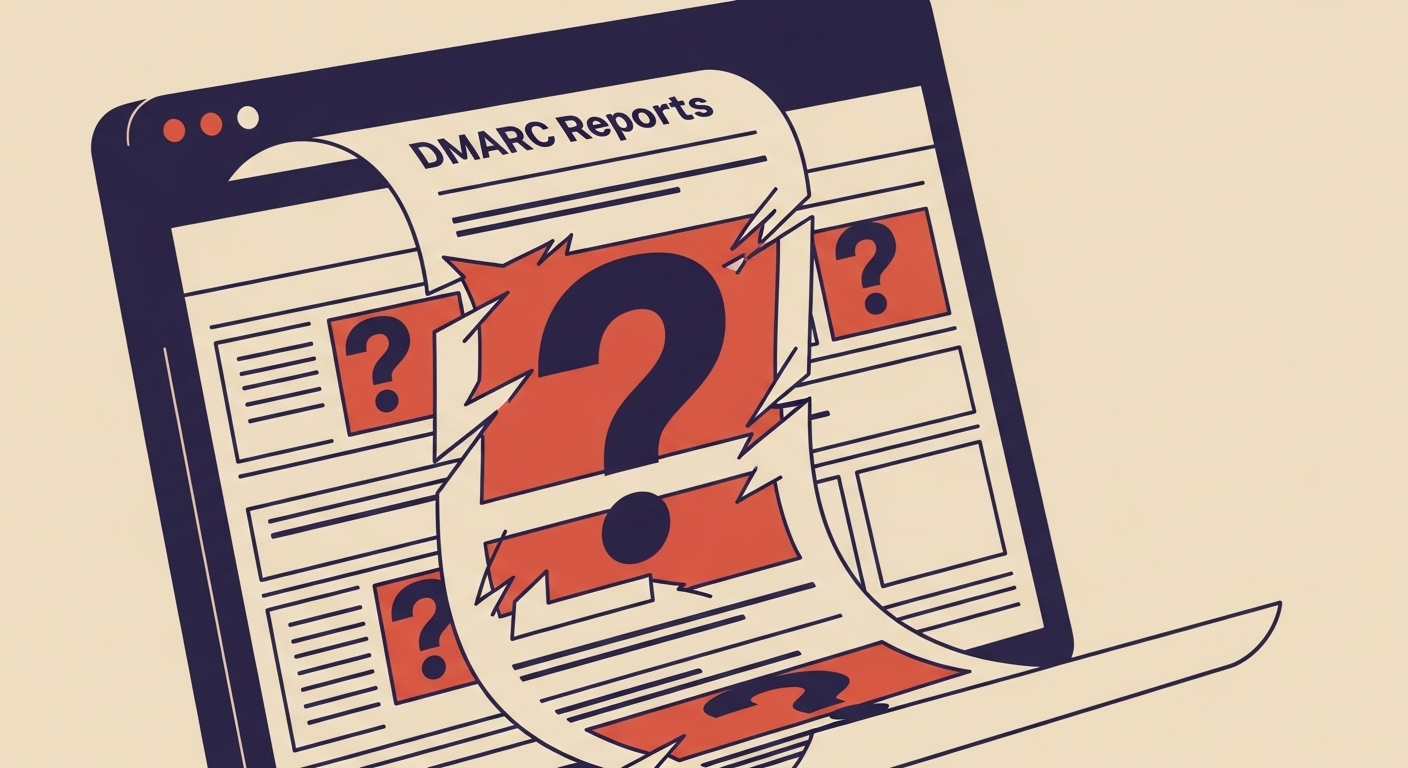Does a DMARC 'rua' URI require 'mailto:' prefix?

Matthew Whittaker
Co-founder & CTO, Suped
Published 9 May 2025
Updated 30 Oct 2025
6 min read


 Google, Yahoo, Outlook) and analyze them using a DMARC monitoring platform. Without these reports, it is difficult to accurately assess your email security posture and make informed decisions about your DMARC policy.
Google, Yahoo, Outlook) and analyze them using a DMARC monitoring platform. Without these reports, it is difficult to accurately assess your email security posture and make informed decisions about your DMARC policy.v=DMARC1; p=none; rua=mailto:dmarc-reports@yourdomain.com; fo=1;
|
|
|---|---|
Includes the mailto: prefix. | Omits the mailto: prefix. |
Example: rua=mailto:reports@example.com | Example: rua=reports@example.com |
Reports will be delivered correctly. | Reports will not be delivered, leading to monitoring failures. |

